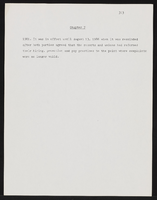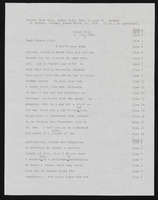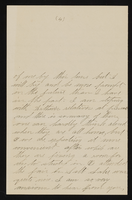Search the Special Collections and Archives Portal
Search Results


man000780-001
Text

man000780-002
Text

man000780-003-001
Text

man000780-003-002
Text

man000796-001
Text

man000796-002
Text

man000796-003
Text
Pagination
Refine my results
Content Type
Creator or Contributor
Subject
Archival Collection
Digital Project
Resource Type
Year
Material Type
Place
Language
Records Classification


